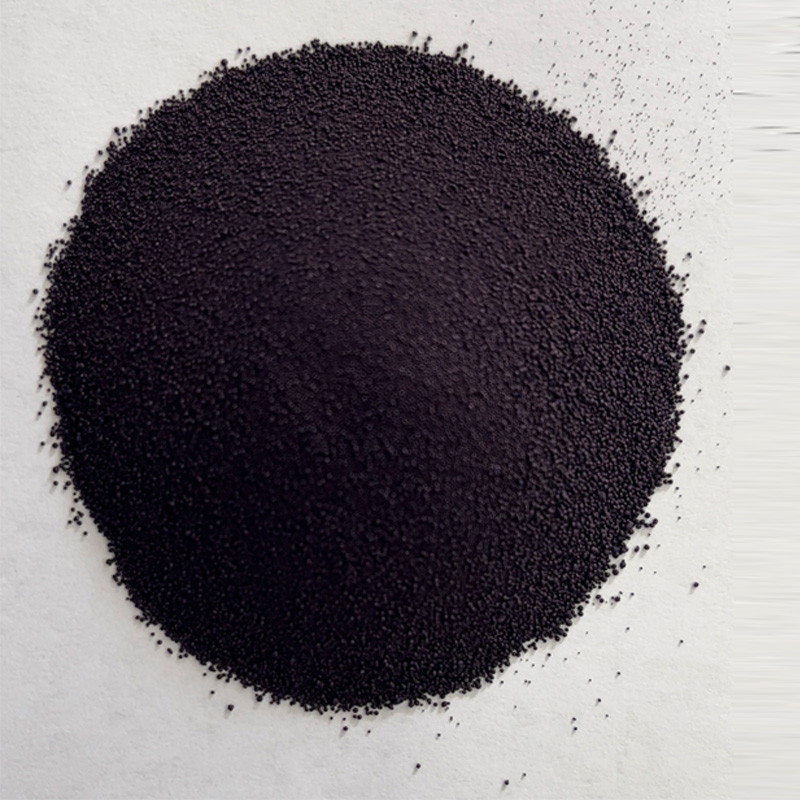Achieving Superior Indigo Dyeing Results in the Comfort of Your Home
High-Quality Indigo Dyeing at Home
Indigo dyeing has a rich history that dates back thousands of years. Revered for its vibrant blue hues, indigo is derived from the leaves of the indigo plant, primarily Indigofera tinctoria. While traditionally, this dyeing process required sophisticated methods and equipment, modern home dyers can now achieve high-quality results with a few essential tools and techniques. This article will guide you through the steps to create stunning indigo-dyed fabrics right in your own home.
Understanding Indigo Dyeing
Before diving into the process, it's essential to understand that indigo dyeing is distinct from many other dyeing methods. Indigo does not dissolve in water; instead, it requires a fermentation process to reduce it to a soluble form. When the fabric is immersed in the dye bath and then exposed to oxygen, the fabric turns a beautiful shade of blue. The vibrancy of the color can vary depending on the number of dips in the dye bath, drying methods, and fabric choice.
Materials Needed
To begin your indigo dyeing adventure, you will need the following materials
1. Indigo Powder Available at craft stores or online, ensure it is of high quality for the best results. 2. Reducing Agent Sodium hydrosulfite or thiourea dioxide is commonly used to create the dye solution. 3. Dye Vat Container Use a non-reactive container, such as plastic or glass, for the dye bath. 4. Fabric Natural fibers like cotton, linen, or silk work best for absorbing the dye. 5. Protective Gear Gloves and masks are important, as the dye and chemicals can irritate the skin and lungs. 6. Other Tools A stirring stick, measuring cups, and water are necessary for mixing your dye bath.
Steps for Dyeing with Indigo
high quality indigo dyeing at home

1. Preparing the Fabric First, wash your fabric to remove any finishes that could prevent dye absorption. Soak it in warm water for about 30 minutes, then wring it out.
2. Making the Dye Vat - In your container, mix water (about 2 to 3 gallons) with indigo powder according to the package instructions—typically, you’d use about 2 to 4 tablespoons of powder. - Add the reducing agent and stir gently to avoid creating too many bubbles. Let this mixture sit for at least 30 minutes to allow the indigo to dissolve properly and reduce.
3. Dyeing Process - Wearing gloves, submerge your fabric in the dye vat. Ensure that it is fully immersed to prevent uneven coloring. - After a few minutes in the vat, remove the fabric and expose it to air. It will begin to oxidize and turn blue. Repeat this dip and air process until you achieve your desired shade. Remember, the fabric will look lighter when wet, so take this into account.
4. Rinsing and Setting the Dye Once you’re satisfied with the color, rinse the fabric in cold water until the water runs clear. Then soak it in a vinegar solution (1 part vinegar to 4 parts water) for about 30 minutes to help set the dye.
5. Drying Hang your fabric in a shaded area to dry. Avoid direct sunlight, as it may fade the color.
Final Thoughts
Indigo dyeing at home can be both a rewarding and creative experience. With the right materials and a bit of practice, you can create beautiful fabrics that showcase the rich tradition of indigo dyeing. Embrace the unexpected nature of the process, as the variations can lead to unique patterns and shades, turning your projects into one-of-a-kind works of art. Happy dyeing!
-
The Timeless Art of Denim Indigo Dye
NewsJul.01,2025
-
The Rise of Sulfur Dyed Denim
NewsJul.01,2025
-
The Rich Revival of the Best Indigo Dye
NewsJul.01,2025
-
The Enduring Strength of Sulphur Black
NewsJul.01,2025
-
The Ancient Art of Chinese Indigo Dye
NewsJul.01,2025
-
Industry Power of Indigo
NewsJul.01,2025
-
Black Sulfur is Leading the Next Wave
NewsJul.01,2025

Sulphur Black
1.Name: sulphur black; Sulfur Black; Sulphur Black 1;
2.Structure formula:
3.Molecule formula: C6H4N2O5
4.CAS No.: 1326-82-5
5.HS code: 32041911
6.Product specification:Appearance:black phosphorus flakes; black liquid

Bromo Indigo; Vat Bromo-Indigo; C.I.Vat Blue 5
1.Name: Bromo indigo; Vat bromo-indigo; C.I.Vat blue 5;
2.Structure formula:
3.Molecule formula: C16H6Br4N2O2
4.CAS No.: 2475-31-2
5.HS code: 3204151000 6.Major usage and instruction: Be mainly used to dye cotton fabrics.

Indigo Blue Vat Blue
1.Name: indigo blue,vat blue 1,
2.Structure formula:
3.Molecule formula: C16H10N2O2
4.. CAS No.: 482-89-3
5.Molecule weight: 262.62
6.HS code: 3204151000
7.Major usage and instruction: Be mainly used to dye cotton fabrics.

